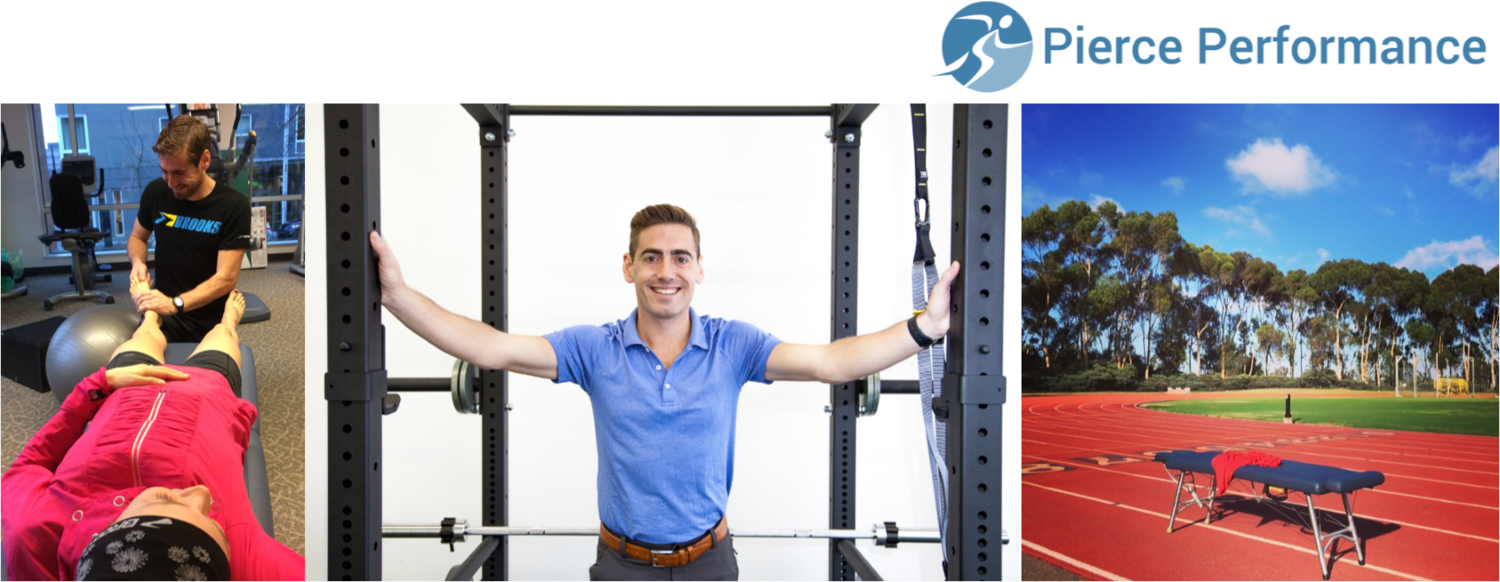This post is a followup to my previous article on Achilles injury. You can read that first here. In the case of the professional runner that I referenced in my last article on Achilles tendon injuries, this athlete, as it turned out, had even more going on than the ankle sprain. He had a strongly altered sense of mechanics and proprioception in his feet, knees, and hips.
This athlete additionally suffers with a problem of having reduced internal rotation of his femur and because of this hip impingement he basically couldn't create good ranges of motion for full power. His compensating strategy then was to push extra hard with the Achilles, and that is why he had suffered Achilles injuries on and off since college.
Because of how long he had dealt with this particular injury, it took an extended period of time to heal both with manual treatment and with strengthening and rehabilitation.
For manual treatment we did a ton of ART, and also fascial scraping on the tendon and plantar fascia. We also treated all the tissues of the posterior chain, the hamstring, the calf, the soleus, and gastrocnemius together and in different planes, as well as working through the ligaments of the foot. Restoring the normal mobility and proprioception in the joints of the foot was a primary focus after this chronic injury. When doing the manual therapy I always try to apply the concept of Anatomy Trains by Thomas Myers. Improving the tone and function of the plantar fascia and hamstring, for example, can often positively affect the achilles when these "tracks" of continuous fascia are considered. It's also paramount that we encourage optimal range of motion and mechanics of the tissue. If poor movement exists, for example in the cuboideonavicular joint, then one needs to address this in addition to the soft tissue changes, and they become complementary in the healing process.
Additionally we did a lot of work for strengthening and rehabilitation, including exercises on the spine. We wanted to make sure there was good mobility in the spine and in the hips, so that as the athlete pushes off the ground, force is properly transferred into flight. Having proper movement of the spine and the hips actually preserves most of that energy rather than it being wasted at push off.
I always prescribe a protocol of strengthening and mobility exercises tailored to the needs of the athlete. In this case, the athlete performed 20 minutes per day of pre-hab work such as banded hip distractions, voodoo floss self manipulation for the foot and ankle, hip strengthening exercises, ELDOA for spinal decoaptation, and specific myofascial stretches. He then would train or cross train, and do sprint drills to load the area and cement new movement patterns. Finally there was a progressive strength and conditioning routine three times per week.
This was approximately a two month process involving 15 sessions of therapy and a lot of independent work on the part of the athlete. In the end, though, he came out strong and confident to move forward free of something that has inhibited his career on and off for the last three years.
